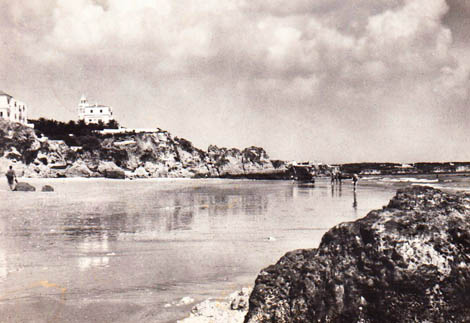 In the first days of February 1934, the Algarve received an unexpected visit, that of the President of the Council António de Oliveira Salazar, together with the ministers of Commerce and Industry, Eng.º Sebastião Garcia Ramires, and of Colonies, Dr. Armindo Sttau Monteiro , their wives, as well as the chief of staff of the Minister of Commerce, Eng. Cancela de Abreu. This was Oliveira Salazar's second visit to the region, although this was of a private nature, after having visited it in November 1931 as finance minister.
In the first days of February 1934, the Algarve received an unexpected visit, that of the President of the Council António de Oliveira Salazar, together with the ministers of Commerce and Industry, Eng.º Sebastião Garcia Ramires, and of Colonies, Dr. Armindo Sttau Monteiro , their wives, as well as the chief of staff of the Minister of Commerce, Eng. Cancela de Abreu. This was Oliveira Salazar's second visit to the region, although this was of a private nature, after having visited it in November 1931 as finance minister.
The Algarve was going through very difficult times. The crisis in the fishing and canning industry, which had been felt since the beginning of the 1930s throughout the Algarve coast, was combined with the critical levels of export of dried fruits, figs and almonds, which were also one of the region's riches.
Another strategic sector, the cork industry, had no better luck, or had Silves, the capital of that industry, not been completely paralyzed, although for other reasons as well, days before, during the workers' strike of January 18, 1934.
The financial crisis that then existed was hitting the Algarve hard, and with it unemployment had become rampant.
The president of the Industrial and Commercial Association of Portimão, António Teixeira Gomes, in an interview with the newspaper “O Século”, on February 4, 1934, recalled: “We still didn't talk about unemployment and already in the Algarve and in Portimão, especially, they were many are unemployed”.
From this city, a Commission purposely traveled to Lisbon with a view to raising awareness of the ministers of Public Works, Eng. Duarte Pacheco, and of Instruction, Dr. Cordeiro Ramos.
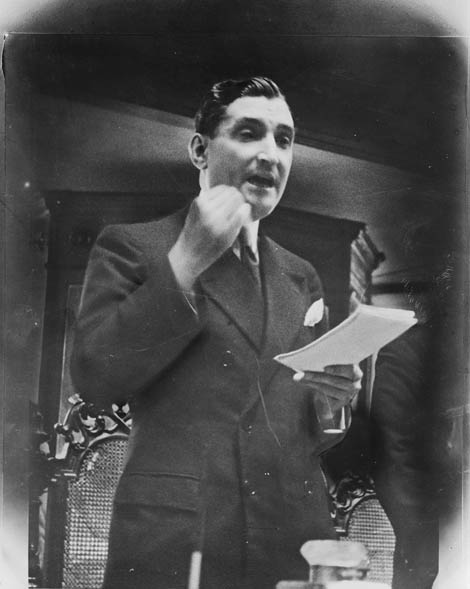 This suggested the construction of several improvements (sewage collector in the northern part of the city, water supply to Alvor, Mexilhoeira Grande and Montes de Alvor, opening of a marginal avenue in Rocha, construction of a primary school in Portimão), in order to “moving the thousands of inactive arms in exchange for giving them the bread they need for themselves and their families for a long time in the throes of the most excruciating misery”.
This suggested the construction of several improvements (sewage collector in the northern part of the city, water supply to Alvor, Mexilhoeira Grande and Montes de Alvor, opening of a marginal avenue in Rocha, construction of a primary school in Portimão), in order to “moving the thousands of inactive arms in exchange for giving them the bread they need for themselves and their families for a long time in the throes of the most excruciating misery”.
To then add: “It is true that these people have been orderly and patient, but, Sir, we must not forget that hunger and misery are bad counselors, and it is not easy to foresee the depravities those who feel their horrors may lead to. ”
This was the environment in the region when, in the early afternoon of Saturday, February 3rd, the Head of Government and other delegations suddenly arrived by car in Portimão, then headed for Praia da Rocha, where they stayed in the Big hotel.
On that day, they also visited Cabo de São Vicente and Sagres, in order to find out where the monument to Infante D. Henrique was planned to be built.
View from the Praia da Rocha esplanade enchanted the entourage
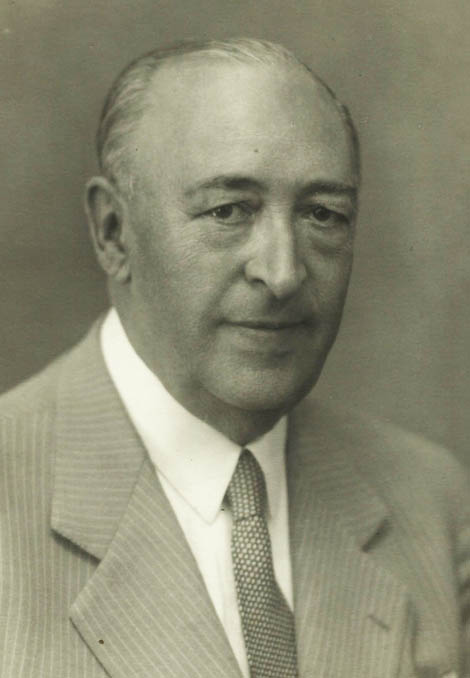 After dinner and already at Mr. Caetano Feu's residence, the chairman of the Board, according to the newspaper “O Século”, had an “animated conversation” with different local (President of the Commercial Association, administrative committee of the Chamber) and regional (Governor Civilian, military commander and president of the Chamber of Faro, Dr. Miguel Ramalho Ortigão, president of the União Nacional), among others, in order to become acquainted with the reality of the Algarve.
After dinner and already at Mr. Caetano Feu's residence, the chairman of the Board, according to the newspaper “O Século”, had an “animated conversation” with different local (President of the Commercial Association, administrative committee of the Chamber) and regional (Governor Civilian, military commander and president of the Chamber of Faro, Dr. Miguel Ramalho Ortigão, president of the União Nacional), among others, in order to become acquainted with the reality of the Algarve.
The following morning, the ministerial delegation visited the Praia da Rocha esplanade, “contemplating the beautiful panorama that can be enjoyed there”, as well as the workers' neighborhood, under construction, belonging to the industrialist Caetano Feu.
The president of the Council, according to the “Century”, expressed “his satisfaction, saying that the work could not be nicer and that the situation the neighborhood occupies is splendid, as it is located in the center of factories, with the houses of city at the foot, by the road to Praia da Rocha, and half a dozen meters from the river Arade”, without forgetting the Serra de Monchique, in the background of that beautiful scenery.
During the visit, Oliveira Salazar learned about the needs of Portimão, and learned about the financial state of the Municipality, which was then in deficit.
After mass at the Colégio church and greetings were presented to Prior António Joaquim Rodrigues, the delegation said goodbye to the local authorities and headed towards Vila Real de Santo António, along the Loulé, São Brás and Tavira road.
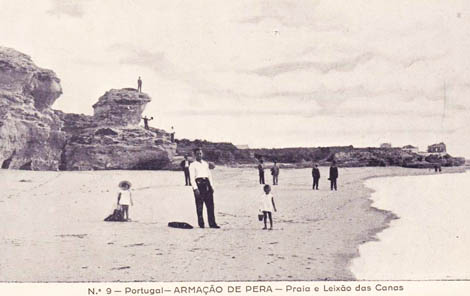 In a brief stop in Armação de Pêra, the head of Government was greeted by the secretary of the Local Initiative and Tourism Commission, who explained the difficult situation that the Armacenenses were going through, presenting on behalf of the Commission and all the inhabitants “the best and sincere greetings” for such a great distinction that his visit constituted, as the newspapers “Correio do Sul” and “Diário de Lisboa” reported a few days later.
In a brief stop in Armação de Pêra, the head of Government was greeted by the secretary of the Local Initiative and Tourism Commission, who explained the difficult situation that the Armacenenses were going through, presenting on behalf of the Commission and all the inhabitants “the best and sincere greetings” for such a great distinction that his visit constituted, as the newspapers “Correio do Sul” and “Diário de Lisboa” reported a few days later.
Visit to the works of the Casino de Monte Gordo
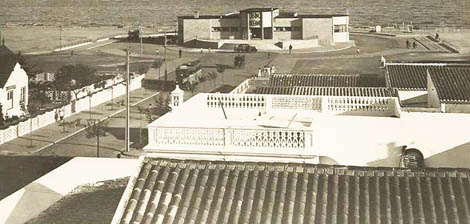 In Vila Real de Santo António, the visitors were expected by the chairman of the municipal administrative commission, Matias Gomes Sanches, Mário Garcia Ramires, brother of the minister of Commerce, Simão Barroso, commander of the fiscal guard, among other entities, as well as many from Vila Real. .
In Vila Real de Santo António, the visitors were expected by the chairman of the municipal administrative commission, Matias Gomes Sanches, Mário Garcia Ramires, brother of the minister of Commerce, Simão Barroso, commander of the fiscal guard, among other entities, as well as many from Vila Real. .
After a brief visit to the port works, lunch was held at the Grande Hotel Guadiana. After the meal, the members of the government received greetings from various entities, as well as from the boy Hélder Cavaco Azevedo, who had been there representing his colleagues from the official school in Brancanes, a kindness that Oliveira Salazar thanked.
The ministerial entourage then proceeded to Praia de Monte Gordo, where they appreciated the construction works of the casino, which, according to “Diário de Notícias”, would be the “best of the beaches in the south of the country”, as well as the tennis courts and terrace.
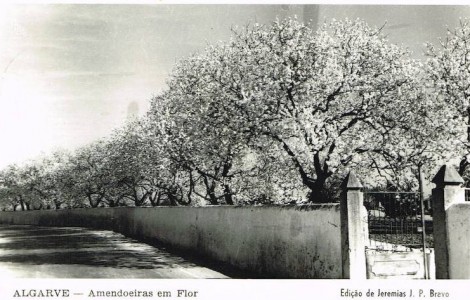 Asked about the Algarve's landscapes and beauties, the head of government told the DN that he was "amazed with the panoramic aspect (…) that the province presents at this time of year, especially with the enchanting spectacle of flowering almond trees".
Asked about the Algarve's landscapes and beauties, the head of government told the DN that he was "amazed with the panoramic aspect (…) that the province presents at this time of year, especially with the enchanting spectacle of flowering almond trees".
The entourage then took the path to Faro. On their way through Tavira, they were awaited at the entrance to the city by several prominent people from that city. After a brief break at Quinta de Cima, property of the Minister of Commerce, near Conceição, the motorcade was received with rockets in Luz de Tavira.
Em Faro, together with the mayor and members of the local council, visited the hermitage of Santo António do Alto and the Antonino Museum, enjoying the view from the viewpoint, and simultaneously gathering information on the progress of work in the common port. Faro-Olhao.
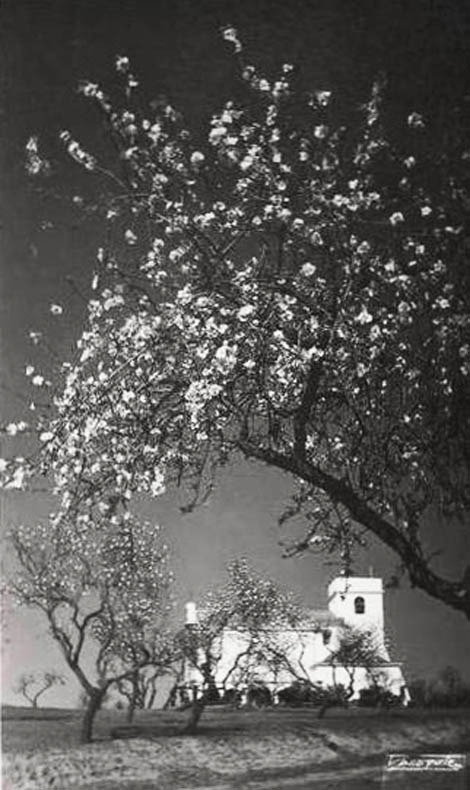 In the church, they admired the Gothic chapel and a tombstone alluding to the visit of Queen D. Amélia, while in the museum they left their names registered in the book of honor.
In the church, they admired the Gothic chapel and a tombstone alluding to the visit of Queen D. Amélia, while in the museum they left their names registered in the book of honor.
In the latter, they also received greetings from various official entities (school inspector, president of the District General Board, etc.), and the poet Cândido Guerreiro offered Salazar his work Promontório Sacro e Sonetos.
The Head of Government and other ministers then went to the Civil Government, where they were awaited in the main hall by all civil and military authorities and high civil servants. Faro and from Olhão, as well as by the Civil Governor, Captain João de Sousa Soares and his wife.
A “Port of Honor” was then served, in which toasts and greetings were exchanged between political statements.
A sprig of almond blossom in Coiro da Burra
António de Oliveira Salazar, ministers and entourage withdrew to Lisbon shortly after, amid popular ovations, with the aim of crossing the mountains during the day, to enjoy its beautiful panorama.
At the Coiro da Burra site, the head of government and some of the people who accompanied him picked some almond blossoms as a souvenir of his visit to the Algarve region.
Despite the particular nature of the visit, it focused on the main fishing villages in the region, and the head of government was informed on the spot the difficulties and aspirations of the Algarve.
A few days later, it was the turn of the Minister of Public Works Duarte Pacheco to tour the entire region, also making sure of the difficult crisis that was plaguing the Algarve, which was followed by President Carmona, in the first days of March.
If the crisis would not be easy to overcome, the Estado Novo sought to maintain control of the situation, becoming aware of the local reality, trying to show solidarity with the arrival of the highest figures of the State in the region and then promoting a diversified set of public works.
With these measures, the regime sought to alleviate the difficult living conditions of the Algarve, garner popular support and avoid the province's insurrection due to hunger, in short, it strengthened itself.
Eighty years later, the Algarve faces a new crisis. Will the democratic regime now be able to overthrow it?

Author Aurélio Nuno Cabrita is an environmental engineer and researcher of local and regional history


















Comments